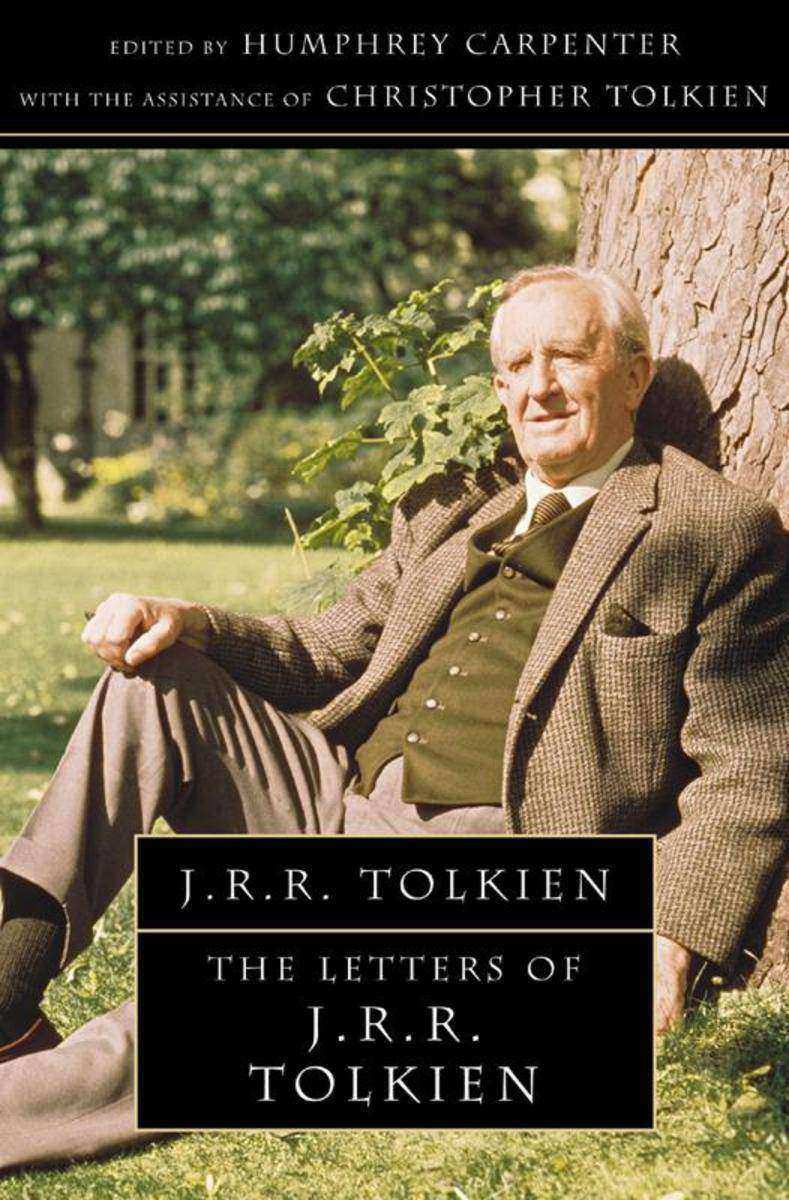
The Letters of J. R. R. Tolkien
¥58.47
‘It is not possible even at great length to "pot" The Lord of the Rings in a paragraph or two. It was begun in 1936, and every part has been written many times… the labour has been colossal; and it must stand or fall, practically as it is.’ J.R.R. Tolkien was one of the most prolific letter writers of this century. Over the years he wrote to his publishers, his family, to friends (including C.S. Lewis, W.H. Auden and Naomi Mitchison) and to fans of his books. The letters present a fascinating and highly detailed portrait of the man in many of his aspects: as storyteller, scholar, Catholic, parent and observer of the world around him. They also shed much light on his creative genius and grand design for the creation of a whole new world – Middle-earth. This collection will appeal not only to the legions of Tolkien fans, but will entertain anyone who appreciates the art of letter-writing, of which Tolkien was a master. ‘I am nearly always written to as Tolkein (not by you): I do not know why, since it is pronounced by me always -keen.’

Little Mix: Ready to Fly (100% OFFICIAL)
¥91.43
A few months ago they were just four determined girls. Then there was The X Factor, the screaming fans and the record deal – life for Little Mix would never be the same again. Now join the UK’s hottest new girl group as they sing their way to superstardom. Last year, Perrie, Jesy, Jade and Leigh-Anne were four nervous X Factor hopefuls, waiting in the wings for their turn in the spotlight. Now they’re not only the best of friends, they’re the first ever group to win the show, they have a record deal, and are on the cover of every magazine – they’re the girls every girl wants to be. But it hasn’t all been sparkles and glitter. From facing rejection in the early stages of The X Factor to battling bullying and personal criticism, the girls have worked ferociously for their success. Here, in their official book, they each tell the story of their amazing journey in full, from their first auditions to living out their dreams. Stunningly-designed and packed full of unseen photos shot exclusively for the book by world-renowned celebrity photographer Dean Freeman, Little Mix: Our Story So Far provides an exclusive peek inside the world of the band as they embark on global domination. So look out world: this is just the beginning. 2012 is the year of Little Mix – and they’re fierce.
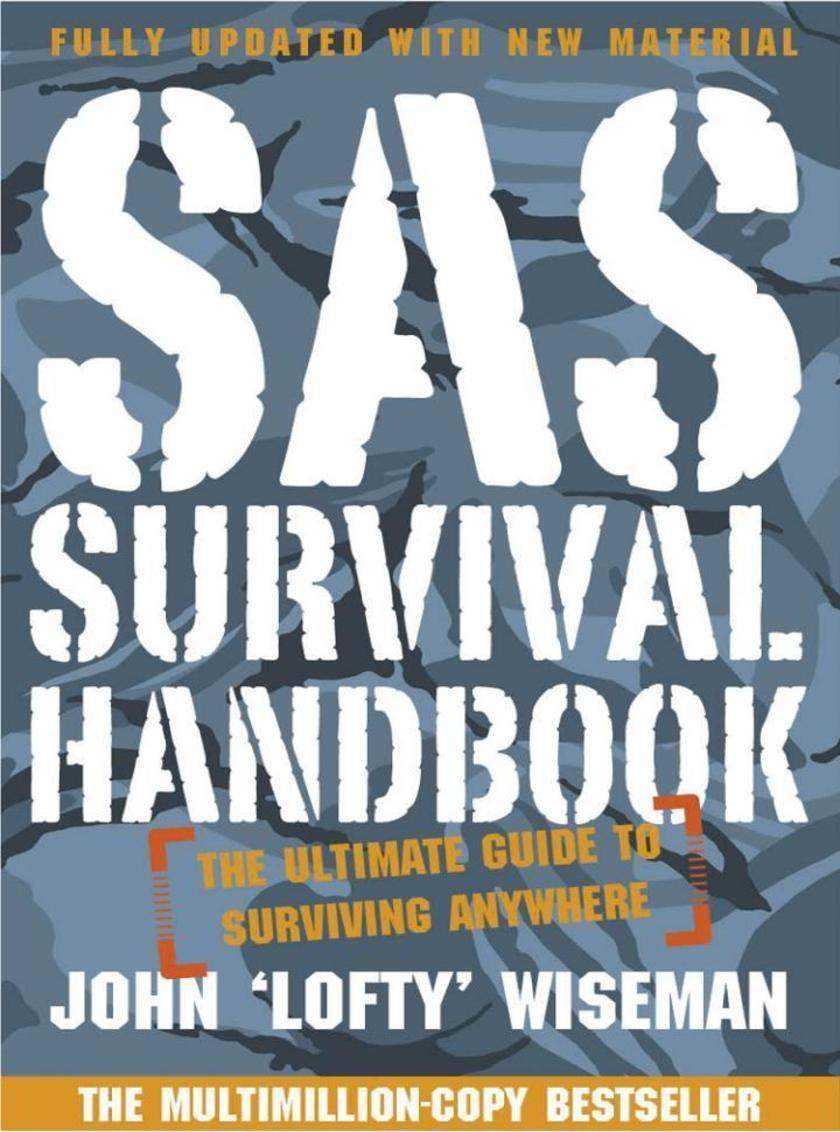
SAS Survival Handbook: The Definitive Survival Guide
¥91.43
The original and best survival guide for any situation in every climate. Now with added techniques for handling Urban dangers, the ‘SAS Survival Handbook’ is the complete companion for adventurers everywhere.
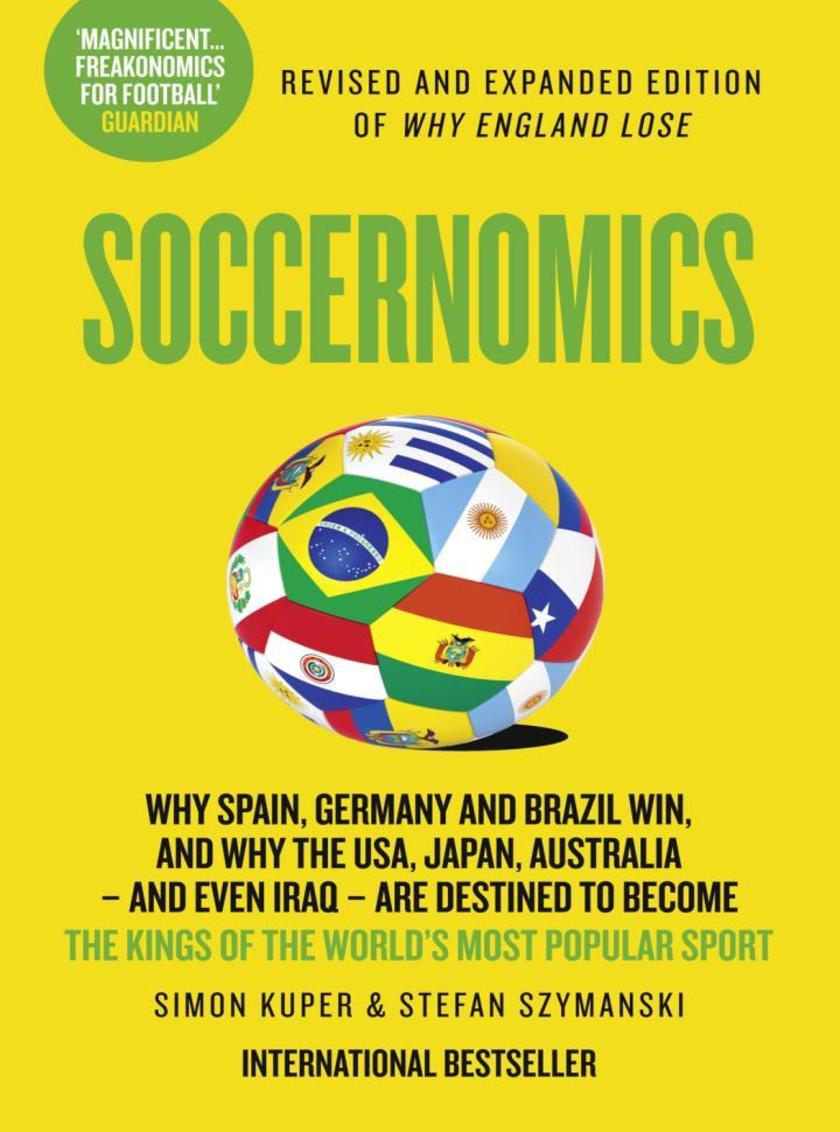
Soccernomics
¥68.67
At last, football has its answer to Freakonomics, The Tipping Point and The Undercover Economist. Why do England lose?” “Why do Germany & Brazil Win?” “How have Spain conquered the World?” "Penalties - what are they good for?" “What is the price on achieving success and the true cost of failure?” These are questions every football fan has asked. Soccernomics (previously published as Why England Lose) answers them. Written with an economist's brain and a football writer's skill, it applies high-powered analytical tools to everyday football topics. Soccernomics isn't in the first place about money. It's about looking at data in new ways. It's about revealing counterintuitive truths about football. It explains all manner of things about the game which newspapers just can't see. It all adds up to a new way of looking at football, beyond clichés about "The Magic of the FA Cup", "England's Shock Defeat" and "Newcastle's New South American Star". No training in economics is needed to read Soccernomics but the reader will come out of it with a better understanding not just of football, but of how economists think and what they know.

Another Forgotten Child
¥58.86
A new memoir from Sunday Times and New York Times bestselling author Cathy Glass. Eight-year-old Aimee was on the child protection register at birth. Her five older siblings were taken into care many years ago. So no one can understand why she was left at home to suffer for so long. It seems Aimee was forgotten. The social services are looking for a very experienced foster carer to look after Aimee and, when she reads the referral, Cathy understands why. Despite her reservations, Cathy agrees to Aimee on – there is something about her that reminds Cathy of Jodie (the subject of ‘Damaged’ and the most disturbed child Cathy has cared for), and reading the report instantly tugs at her heart strings. When she arrives, Aimee is angry. And she has every right to be. She has spent the first eight years of her life living with her drug-dependent mother in a flat that the social worker described as ‘not fit for human habitation’. Aimee is so grateful as she snuggles into her bed at Cathy’s house on the first night that it brings Cathy to tears. Aimee’s aggressive mother is constantly causing trouble at contact, and makes sweeping allegations against Cathy and her family in front of her daughter as well. It is a trying time for Cathy, and it makes it difficult for Aimee to settle. But as Aimee begins to trust Cathy, she starts to open up. And the more Cathy learns about Aimee’s life before she came into care, the more horrified she becomes. It’s clear that Aimee should have been rescued much sooner and as her journey seems to be coming to a happy end, Cathy can’t help but reflect on all the other ‘forgotten children’ that are still suffering…

Confessions of a Male Nurse (The Confessions Series)
¥56.90
From the people who brought you the bestselling Confessions of a Gp. From stampeding nudes to inebriated teenagers, young nurse Michael Alexander never really knew what he was getting himself into. But now, sixteen years since he was first launched into his nursing career - as the only man in a gynaecology ward - he's pretty much dealt with everything: body parts that come off in his hands; teenagers with phantom pregnancies; doctors unable to tell the difference between their left and right; violent drunks; singing relatives; sexism. . .and a whole lot of nudity. Confessions of a Male Nurse is a touching, shocking and frequently hilarious account of one man's life in nursing.

How Starbucks Saved My Life
¥72.30
A candid, moving and inspirational memoir about a high-flying business man who is forced to re-evaluate his life and values when he suddenly loses everything and goes to work in Starbucks. Michael Gill had it made. He was educated, wealthy and well-connected. He had a creative and lucrative advertising job, which he loved and which he was good at, and a model family and home life. Then he loses it all. He is fired by a young exec whom he had mentored. He has an extramarital affair that destroys his family and results in a newborn son. Then he is diagnosed with brain cancer. He has no insurance, no income. One day he wanders into Starbucks and by chance signs up for a job interview. His would-be boss is a young black woman who gives him a job, and sets about training him and mentoring him. What follows is an inspirational eye-opener as Gill experiences a whole new world compared to his former life – with people from completely different ethnic and social backgrounds. ‘How Starbucks Saved My Life’ follows Gill's journey of discovery as gradually he is forced to question his ingrained assumptions, prejudices and habits. Gill emerges from his fall from grace with humility and gratitude. His new-found empathy teaches him how anyone who has lost their way, or made a mistake, can start again.

The Dog Listener: Learning the Language of your Best Friend
¥80.25
You’ve heard of the Horse Whisperer – now meet the woman who uses similar methods to train dogs. Jan Fennell’s remarkable gifts have earned her the nickname “the dog listener”. Her unique understanding of the canine world and its instinctive language has enabled her to bring even the most desperate and delinquent of dogs to heel. This easy-to-follow guide to understanding Jan’s simple techniques draws on her countless case histories of problem dogs – from biters and barkers to bicycle chasers – to show how we can bridge the language barrier that separates man from his best friend. In The Dog Listener Jan shares her secrets, telling us how she grew determined to find a more compassionate alternative to standard “obedience” training techniques and ultimately how to communicate with canines.

An Autobiography
¥58.47
Agatha Christie’s ‘most absorbing mystery’ – her own autobiography, with new exclusive CD containing newly discovered priceless recordings of Agatha dictating excerpts from more than 40 years ago. Over the three decades since her death on 12 January 1976, many of Agatha Christie’s readers and reviewers have maintained that her most compelling book is probably still her least well-known. Her candid Autobiography, written mainly in the 1960s, modestly ignores the fact that Agatha had become the best-selling novelist in history and concentrates on her fascinating private life. From early childhood at the end of the 19th century, through two marriages and two World Wars, and her experiences both as a writer and on archaeological expeditions with her second husband, Max Mallowan, Agatha shares the details of her varied and sometimes complex life with real passion and openness. Then, in 2008, Agatha Christie’s grandson made a remarkable discovery. While clearing out her old house in preparation for its opening to the public, Greenway in Devon, a box of old tape reels was found to contain the recordings of Agatha dictating her Autobiography for her typist. These remarkable recordings are not only an amazingly rare example of Agatha’s voice, but they also partly explain the engaging nature of her Autobiography - for they reveal the normally reclusive Agatha telling her own story in a lively, spontaneous and often conspiratorial way, whose passion in talking about her life is captured in the printed Autobiography. Now this new edition comes complete with a CD of highlights from these priceless tapes, giving Agatha Christie’s millions of fans the opportunity to hear the Queen of Crime’s story in her own words, and rediscover her remarkable full story in this special edition of her book, which is newly introduced by Mathew Prichard, the grandson who discovered the tapes.
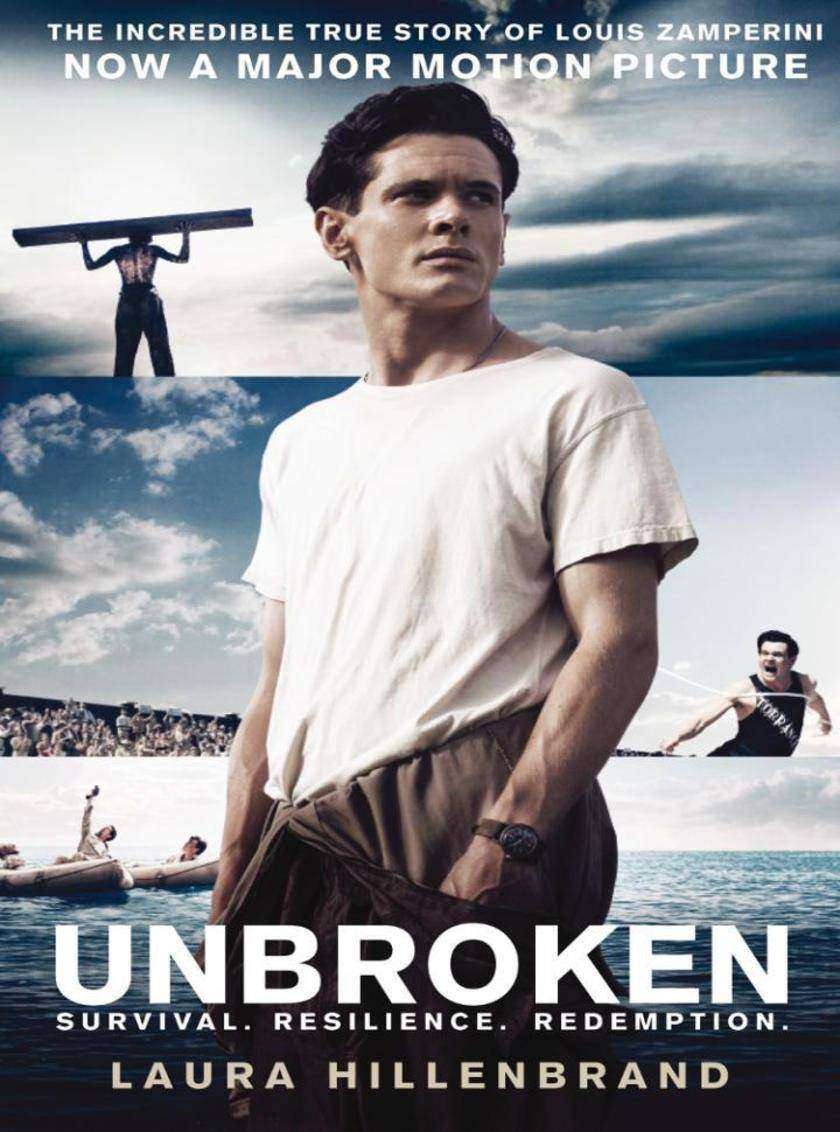
Unbroken
¥66.22
The incredible true story of Louis Zamperini, now a major motion picture directed by Angelina Jolie. THE INTERNATIONAL NUMBER ONE BESTSELLER In 1943 a bomber crashes into the Pacific Ocean. Against all odds, one young lieutenant survives. Louise Zamperini had already transformed himself from child delinquent to prodigious athlete, running in the Berlin Olympics. Now he must embark on one of the Second World War’s most extraordinary odysseys. Zamperini faces thousands of miles of open ocean on a failing raft. Beyond like only greater trials, in Japan’s prisoner-of-war camps. Driven to the limits of endurance, Zamperini’s destiny, whether triumph or tragedy, depends on the strength of his will … Now a major motion picture, directed by Angelina Jolie and starring Jack O’ Connell.

The Man Who Lives with Wolves
¥72.30
To wolf expert, Shaun Ellis, wolves aren’t just his work, they’re also his family. An extraordinary man, Shaun has been fascinated by wolves all his life, even living as part of a wild pack for two years with no human contact. What he gained was a unique and fascinating insight into their world, and that of our very own domestic dogs. Shaun Ellis grew up in the Norfolk countryside with a passion for and understanding with animals from an early age. His early fascination with wolves, and determination to understand them, led to him spending years in the US with the Naz Paz Indian tribe, watching wolves, learning to understand their roles and behaviour in the pack and how to communicate with them. He even lived as part of a wild pack for two years, without any human contact. Bringing his knowledge back to the UK, he astonished wildlife experts with his knowledge and insight. He now lives, eats and sleeps with his two wolf packs at Combe Martin Wildlife Park. This is the story of Shaun’s determination to understand these extraordinary animals and how what he has learned can help others to understand their own domestic dogs.
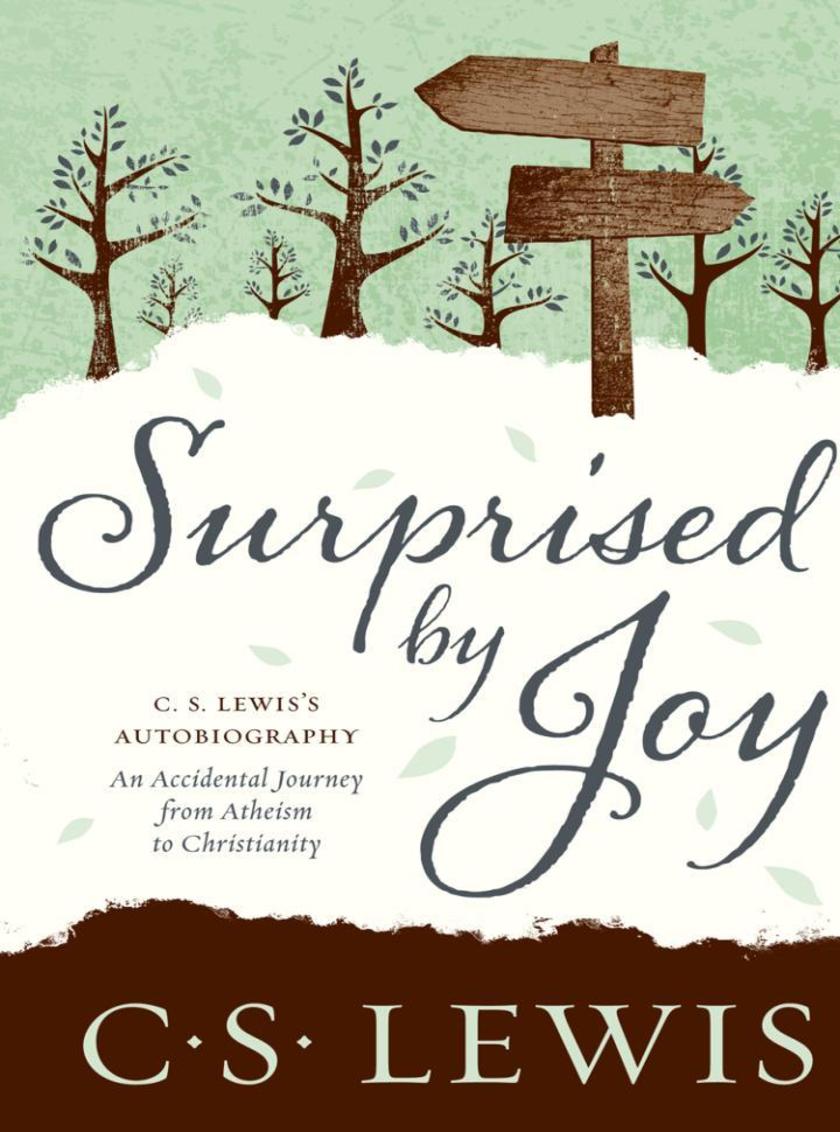
Surprised by Joy
¥65.16
This autobiography of C.S.Lewis’s early life, focusing on the spiritual crisis which was to determine the shape of his entire life, now repackaged and rebranded as a key title in the C.S. Lewis Signature Classics range. “In the Trinity Term of 1929 I gave in, and admitted that God was God…perhaps the most dejeced and reluctant convert in all England.” Thus C.S. Lewis describes memorably the crisis of his conversion in his famous autobiography. Lewis was for many years an atheist, and in Surprised by Joy he vividly describes the spiritual quest which eventually convinced him of the truth and reality of the Christian faith.

In Stitches
¥57.09
The true story of an A&E doctor that became a huge word-of-mouth hit - now revised and updated. Forget what you have seen on Casualty or Holby City, this is what it is really like to be working in A&E. Dr Nick Edwards writes with shocking honesty about life as an A&E doctor. He lifts the lid on government targets that led to poor patient care. He reveals the level of alcohol-related injuries that often bring the service to a near standstill. He shows just how bloody hard it is to look after the people who turn up at the hospital door. But he also shares the funny side - the unusual ‘accidents’ that result in with weird objects inserted in places they really should have ended up - and also the moving, tragic and heartbreaking. It really is an unforgettable read. First published in 2007 when The Friday Project was a small independent, In Stitches went on to sell over 15,000 copies in the UK, the majority of which have come in the years since then. It has proved to be a real word-of-mouth hit. This new edition includes lots of additional material bringing Nick’s story completely up to date including plenty more suprising, alarming, moving and unforgettable moments from behind the A&E curtain.
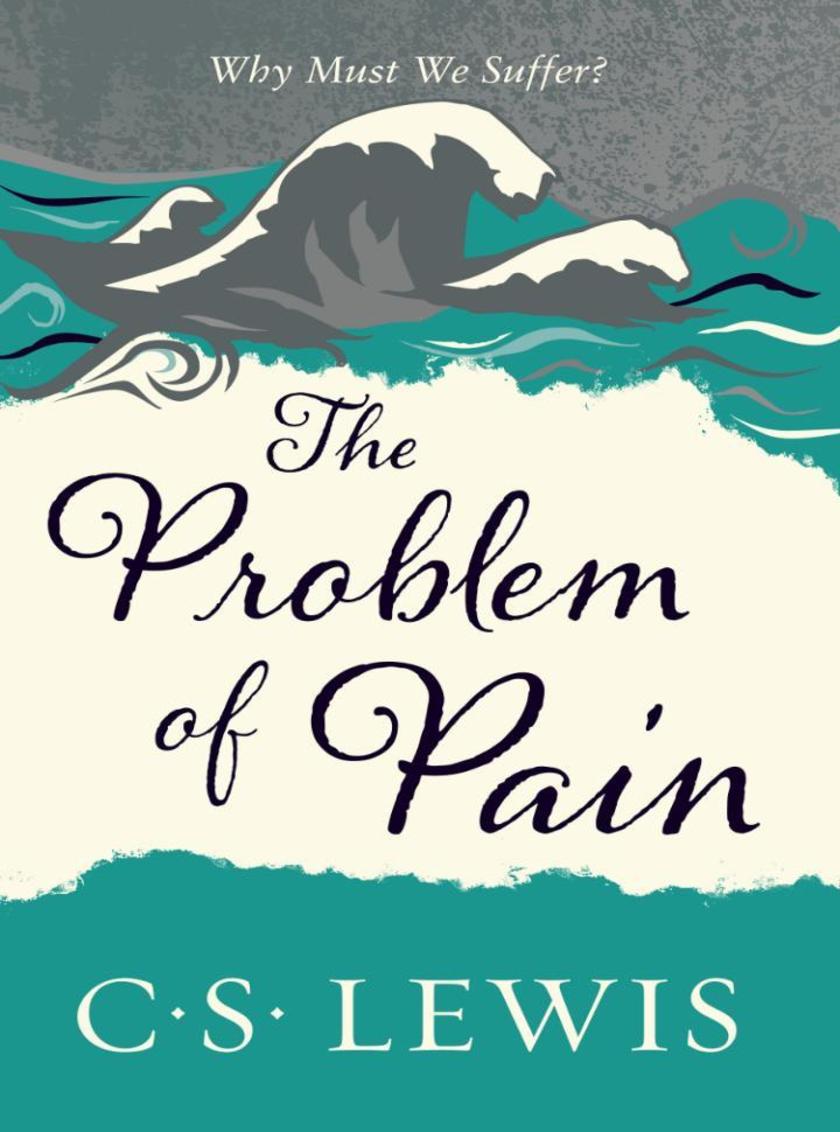
The Problem of Pain
¥61.51
Beutifully repackaged as part of the C.S. Lewis Signature Classic Range, Lewis addresses the question which tortures every generation – Why must we suffer? For centuries people have been tormented by one question above all – ‘If God is good and all-powerful, why does he allow his creatures to suffer pain?’ And what of the suffering of animals, who neither deserve pain nor can be improved by it? The greatest Christian thinker of our time sets out to disentangle this knotty issue. With his signature wealth of compassion and insight, C.S. Lewis offers answers to these crucial questions and shares his hope and wisdom to help heal a world hungering for a true understanding of human nature.
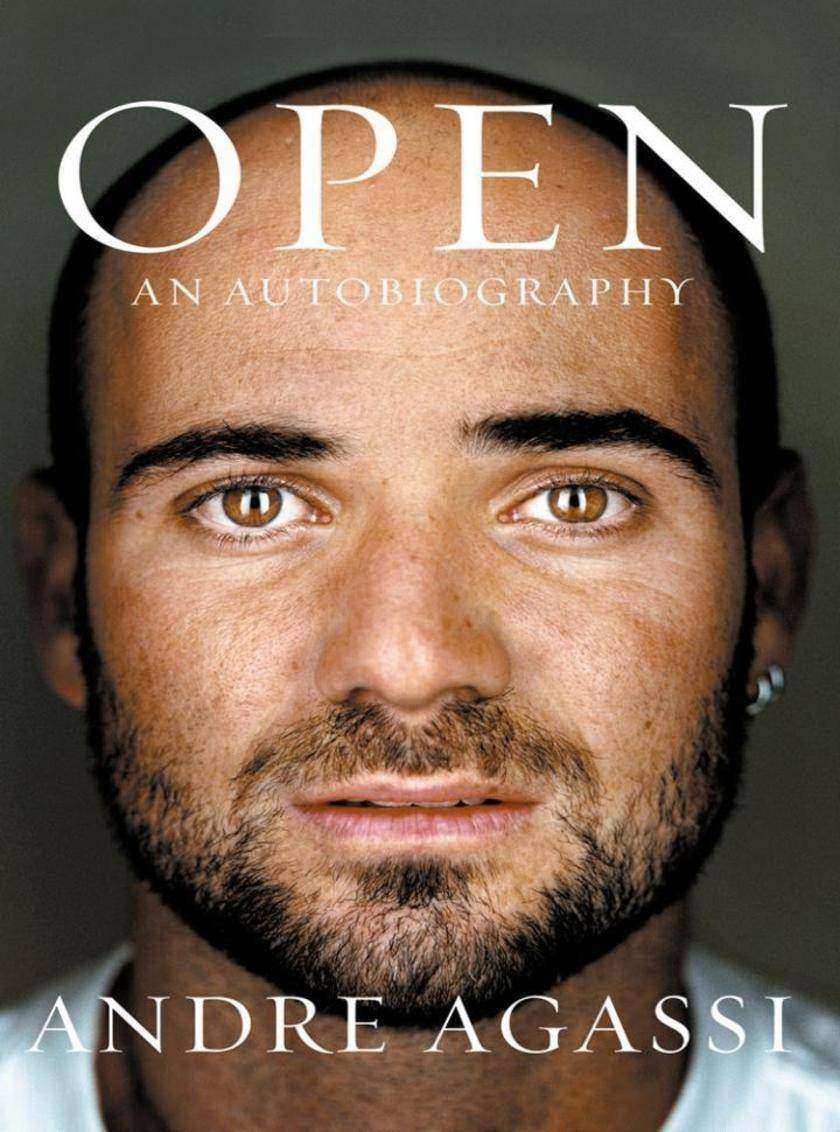
Open: An Autobiography
¥78.38
He is one of the most beloved athletes in history and one of the most gifted men ever to step onto a tennis court – but from early childhood Andre Agassi hated the game. Coaxed to swing a racket while still in the crib, forced to hit hundreds of balls a day while still in grade school, Agassi resented the constant pressure even as he drove himself to become a prodigy, an inner conflict that would define him. Now, in his beautiful, haunting autobiography, Agassi tells the story of a life framed by such conflicts. Agassi makes us feel his panic as an undersized seven-year-old in Las Vegas, practicing all day under the obsessive gaze of his violent father. We see him at thirteen, banished to a Florida tennis camp. Lonely, scared, a ninth-grade dropout, he rebels in ways that will soon make him a 1980s icon. By the time he turns pro at sixteen, his new look promises to change tennis forever, as does his lightning fast return. And yet, despite his raw talent, he struggles early on. We feel his confusion as he loses to the world's best, his greater confusion as he starts to win. After stumbling in three Grand Slam finals, Agassi shocks the world, and himself, by capturing the 1992 Wimbledon. Overnight he becomes a fan favorite and a media target. Agassi brings a near-photographic memory to every pivotal match, and every public relationship. Alongside vivid portraits of rivals, Agassi gives unstinting accounts of his brief time with Barbra Streisand and his doomed marriage to Brooke Shields. He reveals the depression that shatters his confidence, and the mistake that nearly costs him everything. Finally, he recounts his spectacular resurrection and his march to become the oldest man ever ranked number one. In clear, taut prose, Agassi evokes his loyal brother, his wise coach, his gentle trainer, all the people who help him regain his balance and find love at last with Stefanie Graf. With its breakneck tempo and raw candor, Open will be read and cherished for years. A treat for ardent fans, it will also captivate readers who know nothing about tennis. Like Agassi's game, it sets a new standard for grace, style, speed and power.
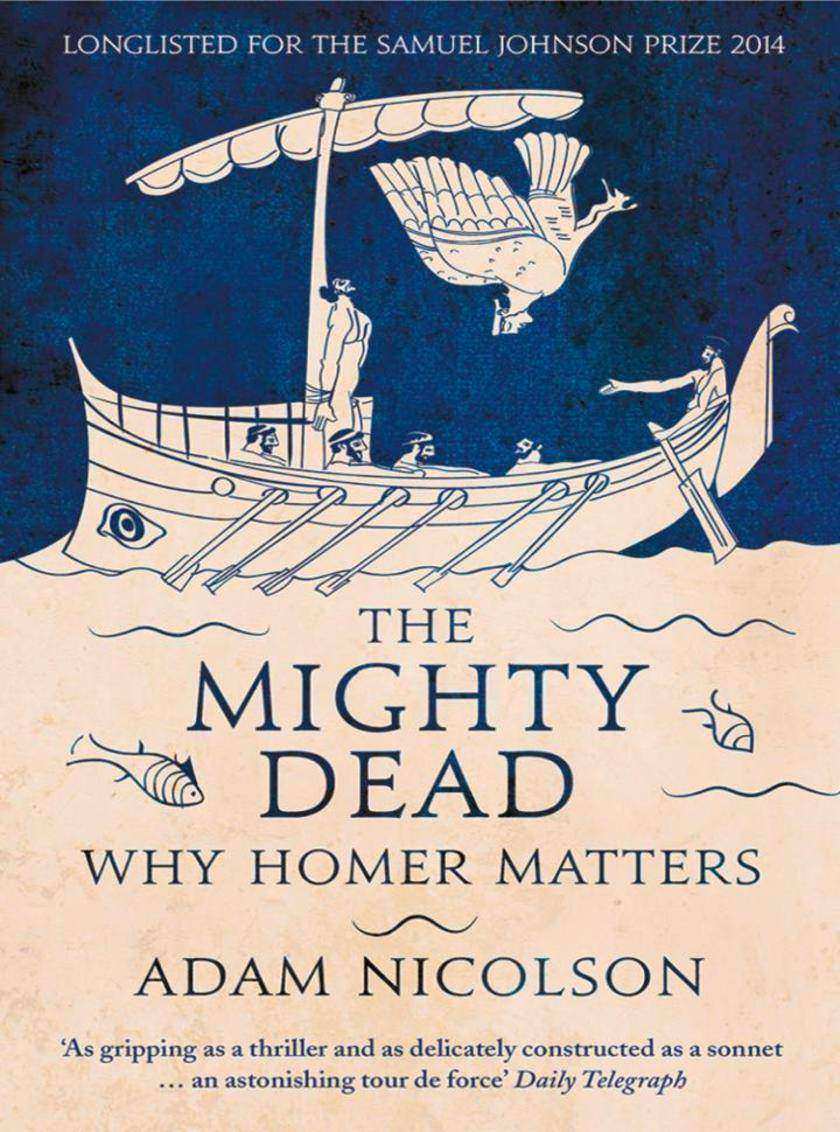
The Mighty Dead: Why Homer Matters
¥73.58
Where does Homer come from And why does Homer matter His epic poems of war and suffering can still speak to us of the role of destiny in life, of cruelty, of humanity and its frailty, but why they do is a mystery. How can we be so intimate with something so distant In this passionate and deeply personal book, Adam Nicolson sets out to explain why these great ancient poems still have so much to say about what it is to be human, to love, lose, grow old and die. ‘The Mighty Dead’ is a journey of history and discovery, sewn together by the oldest stories we have – the Iliad and the Odyssey, which emerged from a time before the Greeks became Greek. As nomadic tribes of the northern steppe, they clashed with the sophisticated cities of the eastern Mediterranean. These poems tell us how we became who we are. We witness a disputatious dinner in 19th-century Paris and Keats finding in Chapman’s Homer the inspiration to travel in the ‘realms of gold’. We go to Bosnia in the 1930s, with the god of Homer studies Milman Parry where oral poetry still thrived; to Spain to visit the possible site of Hades; to Troy, Ukraine, Syria and the islands of the Mediterranean; and to that most ancient of modern experiences, the open sea, in calm and storm. Reflecting on fathers and sons, men and women, on the necessity for love and the violence of warriors, on peace and war, youth and old-age, Homer is the deep voice of Europe, as dark as Mavrodaphne and as glowingly alive as anything that has ever been.

The Silent Cry: There is little Kim can do as her mother's mental health spirals
¥66.22
The heartbreaking true story of a young, troubled mother who needed help. The sixteenth fostering memoir by Cathy Glass. It is the first time Laura has been out since the birth of her baby when Cathy sees her in the school playground. A joyful occasion but Cathy has the feeling something is wrong. By the time she discovers what it is, it is too late. This is the true story of Laura whose life touches Cathy’s in a way she could never have foreseen. It is also the true stories of little Darrel, Samson and Hayley who she fosters when their parents need help. Some stories can have a happy ending and others cannot, but as a foster carer Cathy can only do her best.

The Fundamentals of Hogan
¥95.06
Ben Hogan’s The Modern Fundamentals of Golf is the best-selling sports book ever, with over six million copies sold worldwide. This sequel to the original book offers previously unpublished photographs and the expert commentary of David Leadbetter. First published in 1957, Ben Hogan’s Modern Fundamentals was judged by Golf Digest in 1999 to be the best instructional book ever written. In this sequel all the illustrations from the previous book have been expertly reworked, while also included are 80 previously unseen photographs of Hogan, that were shot for the original book but never published. In addition to these exclusive photos, David Leadbetter, the most heralded golf instructor of the modern day, lends his expertise in the form of a revealing commentary. Famous for his work with Greg Norman, Nick Faldo and Ernie Els, Leadbetter analyses Hogan’s swing and explains what you can learn from the old master. The Fundamentals of Hogan is destined to become a golf classic. In one package you have the restoration of the number one golf book of all time, by the most heralded teacher of the modern day, about a man who had the greatest golf swing of all time. The Fundamentals of Hogan will surely be the instructional book for the new Millennium.

Girl Alone
¥62.59
Aged nine Joss came home from school to discover her father's suicide. She's never gotten over it. This is the true story of Joss, 13 who is angry and out of control. At the age of nine, Joss finds her father’s dead body. He has committed suicide. Then her mother remarries and Joss bitterly resents her step-father who abuses her mentally and physically. Cathy takes Joss under her wing but will she ever be able to get through to the warm-hearted girl she sees glimpses of underneath the vehement outbreaks of anger that dominate the house, and will Cathy be able to build up Joss’s trust so she can learn the full truth of the terrible situation?

A Life Discarded: 148 Diaries Found in a Skip
¥66.22
Unique, transgressive and as funny as its subject, A Life Discarded has all the suspense of a murder mystery. Written with his characteristic warmth, respect and humour, Masters asks you to join him in celebrating an unknown and important life left on the scrap heap. A Life Discarded is a biographical detective story. In 2001, 148 tattered and mould-covered notebooks were discovered lying among broken bricks in a skip on a building site in Cambridge. Tens of thousands of pages were filled to the edges with urgent handwriting. They were a small part of an intimate, anonymous diary, starting in 1952 and ending half a century later, a few weeks before the books were thrown out. Over five years, the award-winning biographer Alexander Masters uncovers the identity and real history of their author, with an astounding final revelation. A Life Discarded is a true, shocking, poignant, often hilarious story of an ordinary life. The author of the diaries, known only as ‘I’, is the tragicomic patron saint of everyone who feels their life should have been more successful. Part thrilling detective story, part love story, part social history, A Life Discarded is also an account of two writers’ obsessions: of ‘I’s need to record every second of life and of Masters’ pursuit of this mysterious yet universal diarist.

Can I Let You Go?: A heartbreaking true story of love, loss and moving on
¥61.51
Can I Let You Go is the true story of Faye, a wonderful young woman who may never be able to parent her unborn child. Faye is 24, pregnant, and has learning difficulties as a result of her mother’s alcoholism. Faye is gentle, childlike and vulnerable, and normally lives with her grandparents, both of whom have mobility problems. Cathy and her children welcome Faye into their home and hearts. The care plan is for Faye to stay with Cathy until after the birth when she will return home and the baby will go for adoption. Given that Faye never goes out alone it is something of a mystery how she ever became pregnant and Faye says it’s a secret. To begin with Faye won’t acknowledge she is pregnant or talk about the changes in her body as she worries it will upset her grandparents, but after her social worker assures her she can talk to Cathy she opens up. However, this leads to Faye realizing just how much she will lose and she changes her mind and says she wants to keep her baby. Is it possible Faye could learn enough to parent her child Cathy believes it is, and Faye’s social worker is obliged to give Faye the chance.




 购物车
购物车 个人中心
个人中心



